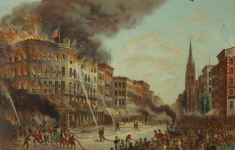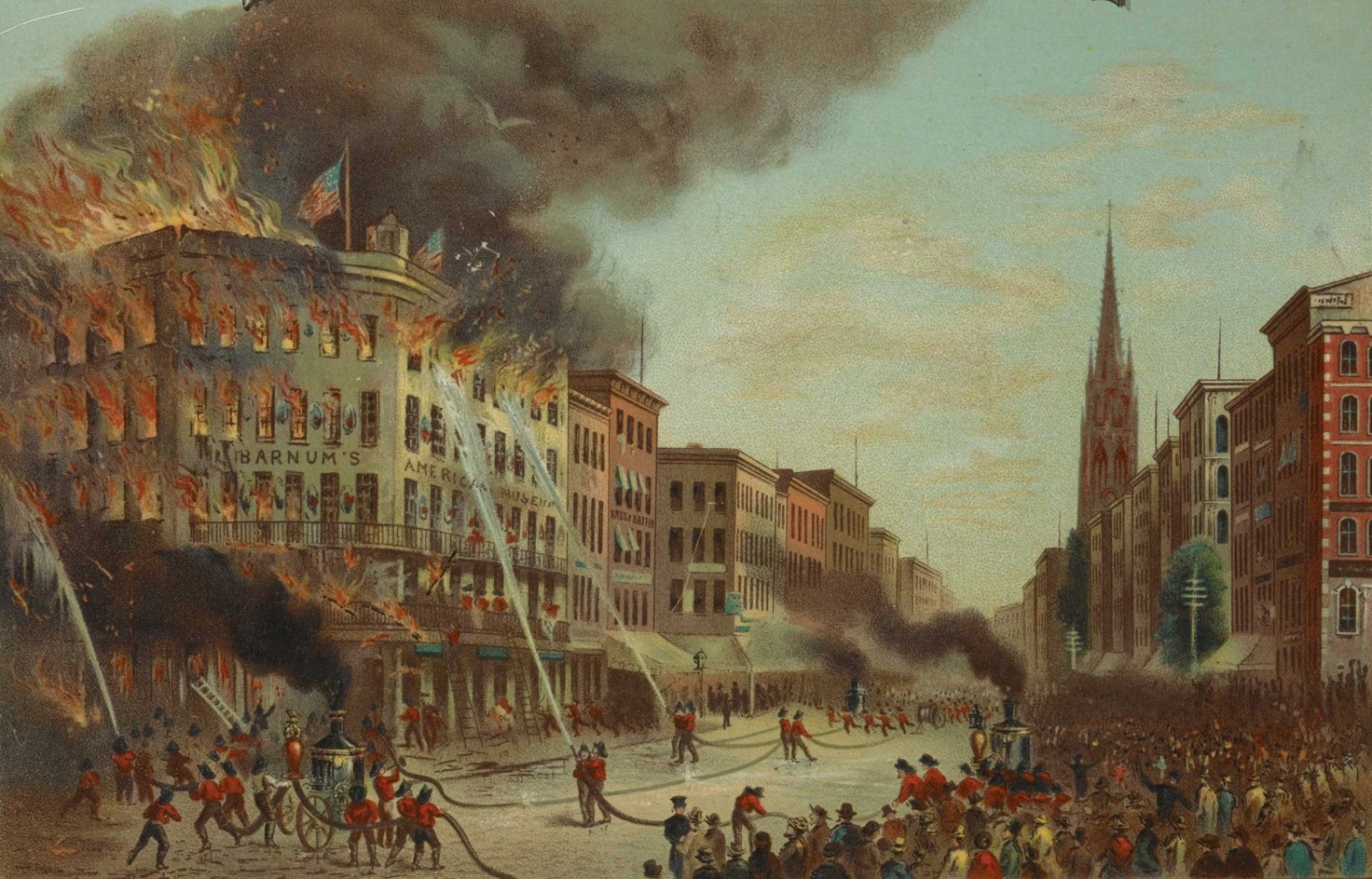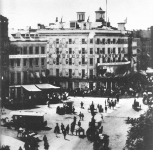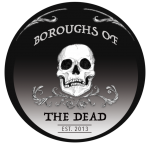
Barnum Museum Fire: July 13, 1865
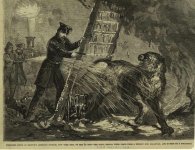
In the mid 1800s, it was unthinkable to visit New York City without a visit to Barnum’s American Museum. P.T. Barnum’s stunning building occupied a prominent corner on Lower Broadway at the corner of Ann Street from 1841 to 1865. Its massive size and impressive appearance was rivaled only by the wonders within, where you could find exhibits that ranged from fossils to sea shells to live exotic animals to “living curiosities.” Additionally, one could find waxworks depicting historical tableaux, current events, and famous or notorious persons — such as the murderess Polly Bodine — as well as a luxuriously appointed theatre.
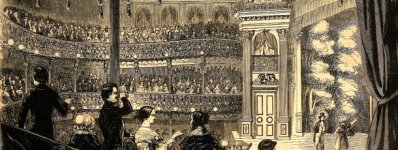
Barnum’s Museum had something for everyone, and all for the eminently reasonable price of twenty-five cents. (For an additional twenty-five cents, you could also enter an inner sanctum where a titillatingly accurate anatomical wax model revealed the secrets of science to curious males.) It would not have been out of place to see a solidly middle-class woman earnestly learning about conchology in the main hall while a “traveling bumpkin” gawked at the platform performers (a.k.a the “freak show”) in the next room. Though the museum had both admirers and detractors, no one could argue that Barnum offered both genuine objects of learning — he had fossils and an exotic animal menagerie years before New York ever had a zoo or a museum of natural history — and exhibits that constituted a gateway to the world of the unimaginable, the fanciful, and the bizarre.
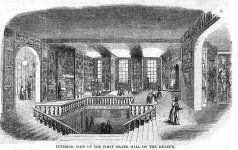
Barnum’s “living curiosities” attracted the most attention, and many of them became celebrities in their own right. Charles Sherwood Stratton, whose stage name was General Tom Thumb, had been working with Barnum since the mid-1840s; he was a charming performer who delighted such prominent persons as Queen Victoria (he performed for her twice)!
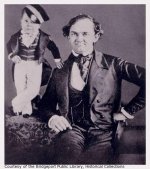
By 1865, Stratton was so wealthy and famous that when he was married to Lavinia Warren, their nuptials were held at the elegant Grace Church and attended by members of the press. Matthew Brady, who famously photographed Abraham Lincoln, took their wedding photos:
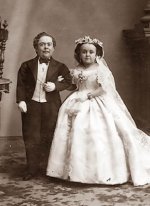
Marriages between living curiosities were not uncommon; Anna Swan, the Nova Scotia Giantess, also married a fellow “giant.” These platform performers, as they were also called, could make a good life for themselves working for Barnum, since his was obviously the biggest and classiest operation around. Those who ended up working in some of the lower-end anatomical museums and dime museums around town didn’t fare quite as well, so the life of a performer could range from being the well-respected star of the show to utterly exploited, underpaid, and subject to the often uncomfortably prurient gazes of people who came to stare at the “freaks.”
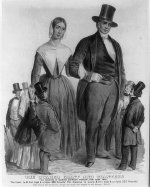
Aside from Tom Thumb, Barnum’s most famous living curiosities were probably Chang and Eng Bunker, the original Siamese Twins:
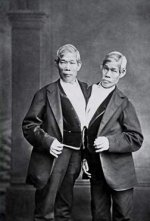
But Barnum’s most famous exhibit, hands down, is probably his notorious Feegee Mermaid.https://boroughsofthedead.com/homepage/wp-content/uploads/2014/07/ChangandEng.jpg
Here’s what the handbills for his exotic and beautiful mermaid promised:

And here’s what visitors actually got:

Yup, that’s just the head of a money sewn to the tail of a fish.
The genius of Barnum, though, was that he opened the Feegee Mermaid up to speculation by planting newspaper stories claiming the thing was a hoax — right along side stories that claimed it was the genuine fossilized remains of an actual mermaid. He let patrons decide for themselves just how much of this whole thing was true and how much was humbug, which of course they loved to debate.
Shock and spectacle were Barnum’s stock in trade, so it is perhaps ironic that, in 1865, his own museum ended up becoming the unwitting source of a story so bizarre, it still delivers a jolt today.
On July 13th, a fire broke out at the museum, apparently caused by a broken gas line in a neighboring restaurant. Panicked patrons and performers rushed to the exits in a scene of pure pandemonium!
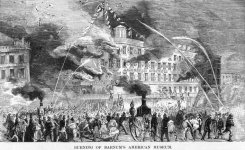
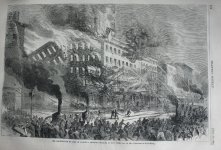
Here’s where things get really gruesome: remember that exciting menagerie of live exotic animals I mentioned earlier? Well, animals have instincts. And during a fire, they do just what people do: they run for the door. Lions, pythons, and other creatures not native to New York surged into the street, to the shock and terror of those gathered. The city’s brave men and firefighters protected the citizenry by clubbing and shooting the animals to death, right there on Broadway. A grisly scene indeed.
Perhaps most unsettling of all was the fate that befell the three whales Barnum had on display in their tanks inside the museum. Panicked staffers broke the whale’s tanks when the fire broke out, hoping the water would douse the flames. It was pretty ineffective in that regard, and when everyone had fled the burning building, the poor whales were trapped in their now-empty tanks to be slowly roasted alive.
One last little coda to this incredibly bizarre tale concerns some remarks made about the whales and the Nova Scotia Giantess, a month after the fire.

